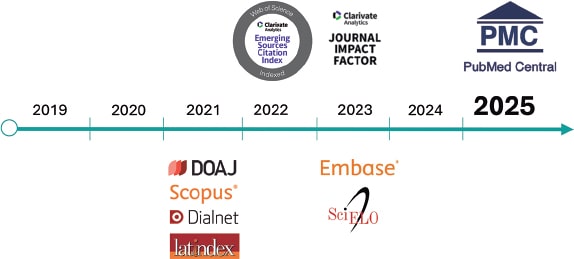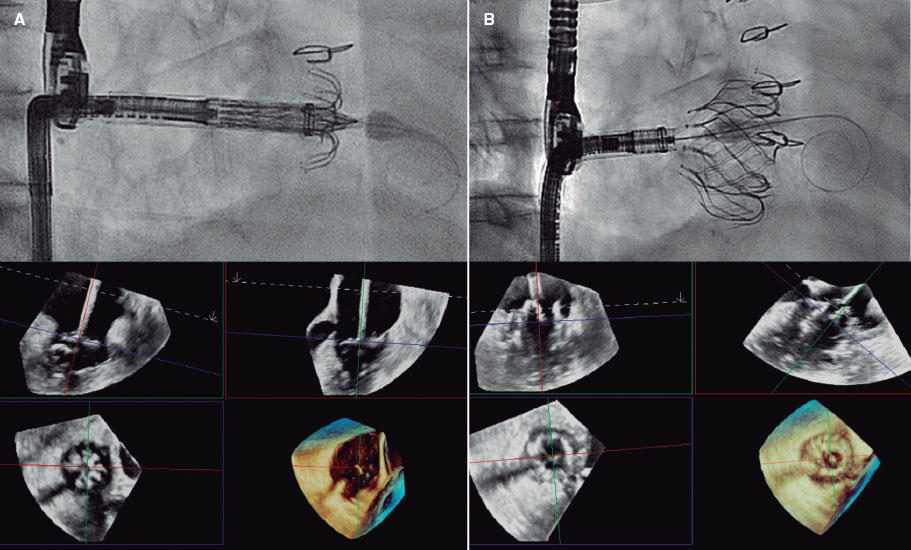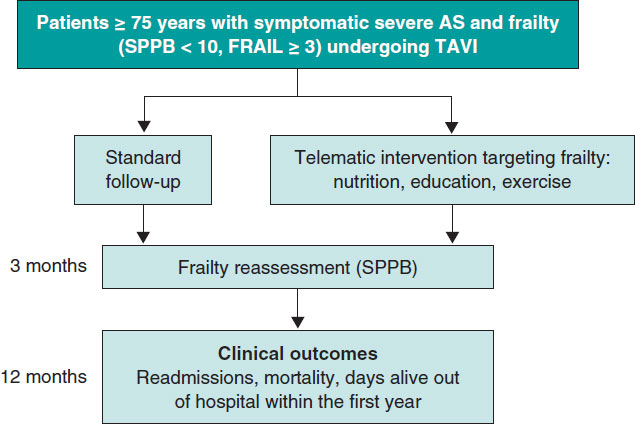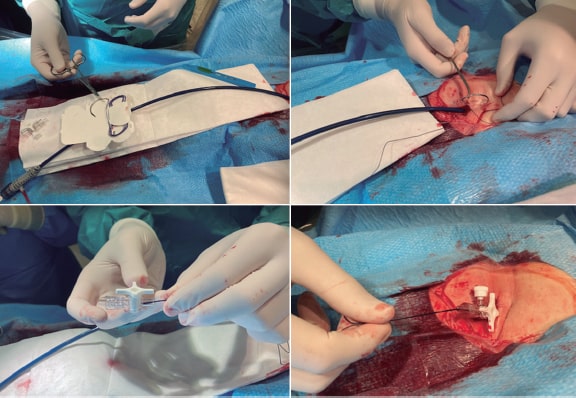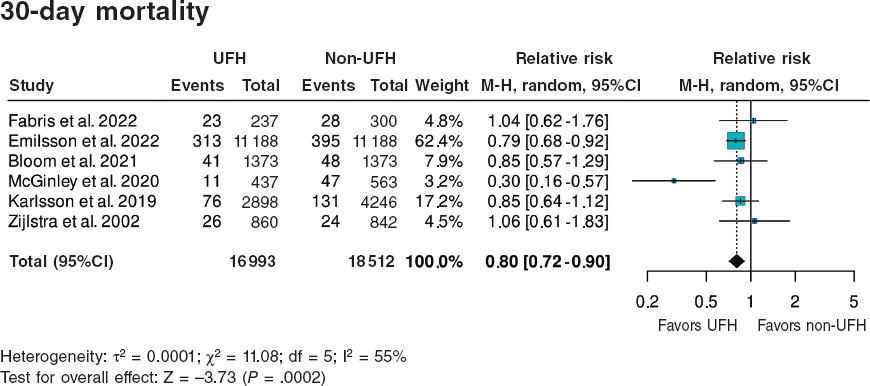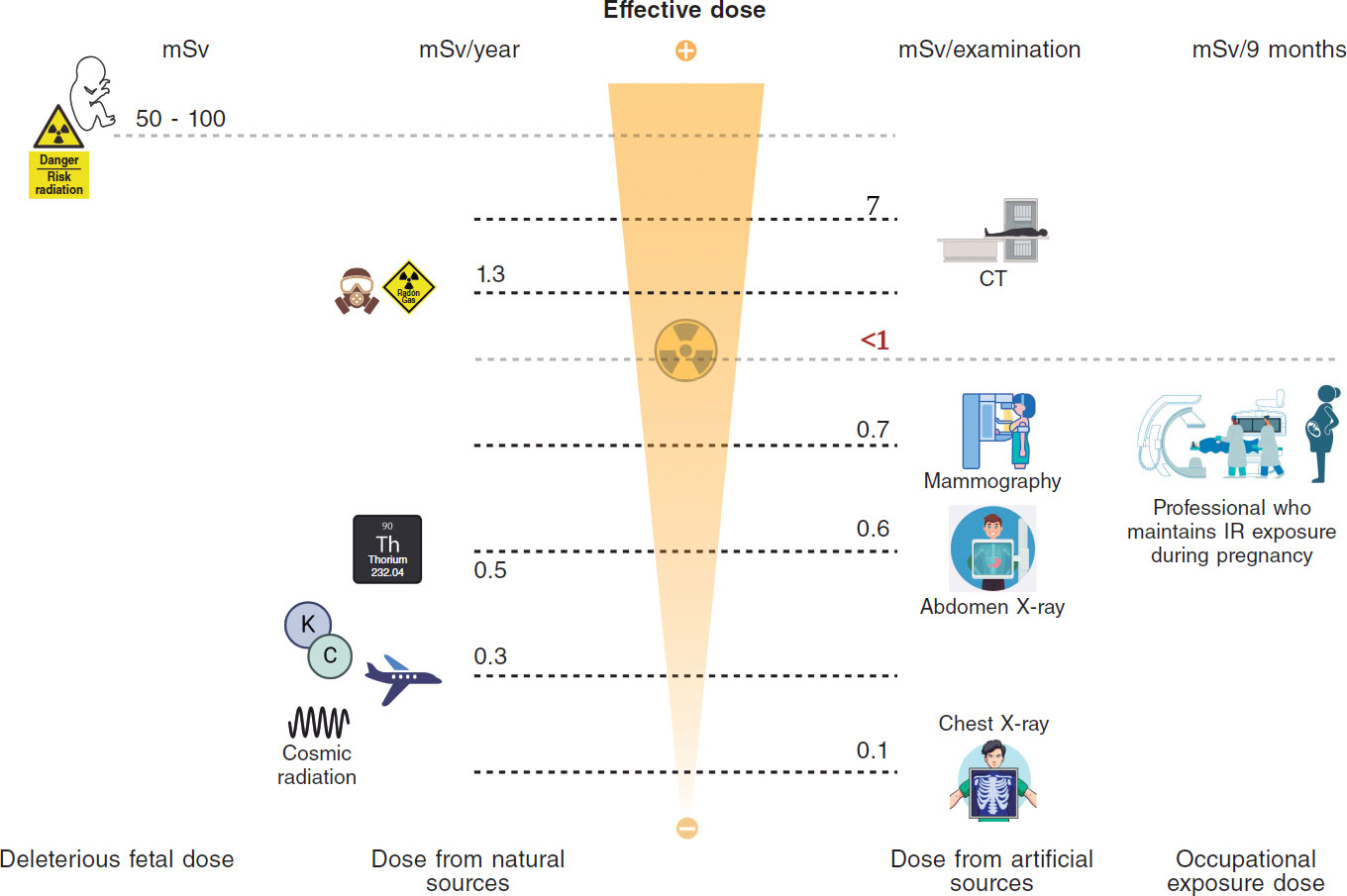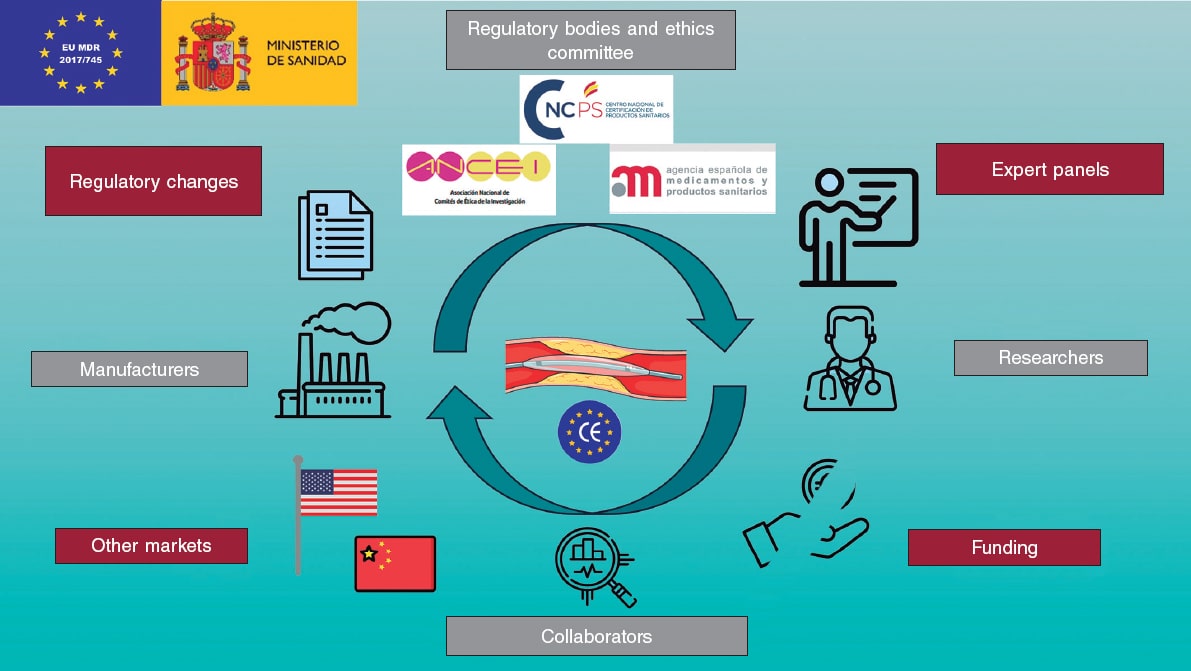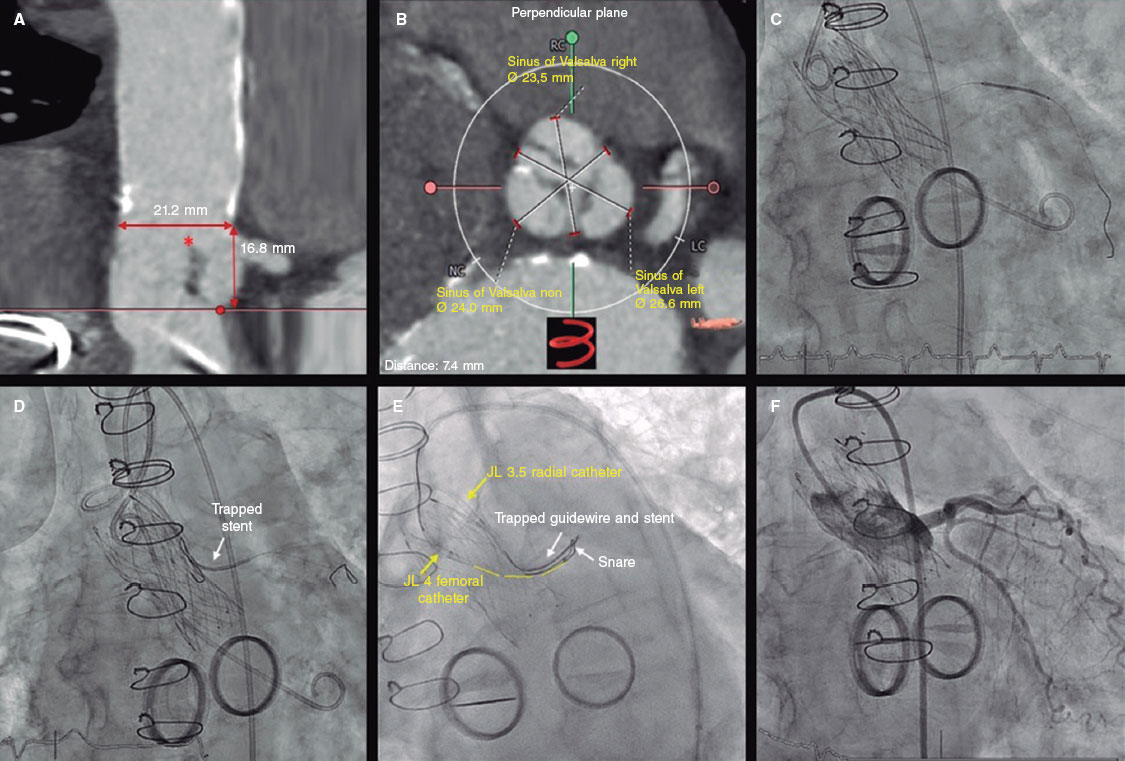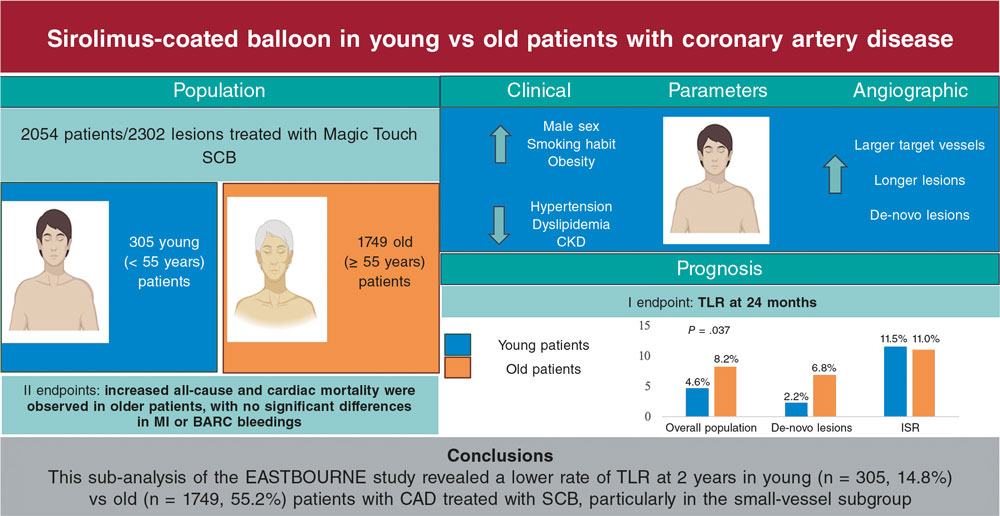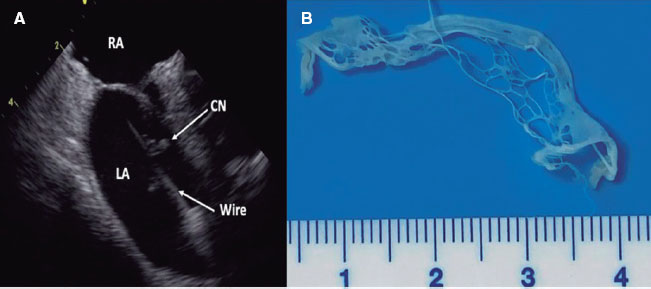To the Editor,
Aortic stenosis (AS) is the most prevalent valvular heart disease in Western countries.1 The coexistence of AS and coronary artery disease (CAD) is a common finding, and due to the aging population,2 an increase in prevalence is expected in the coming years. The 2 diseases share cardiovascular risk factors and likely a common pathophysiological pathway: in the early stages of aortic valve degeneration, lipid and macrophage deposits, along with an inflammatory response have been observed, resembling the process observed in atherosclerosis.2 The prevalence of CAD in patients with severe AS has been documented to range between 25% and 50%. A total of 39% of patients treated with surgical valve replacement require coronary revascularization,2 and 50% of those undergoing transcatheter aortic valve implantation (TAVI) have CAD.3 Although the indication for percutaneous coronary intervention (PCI) prior to TAVI varies across center, factors such as angina functional class and angiographic characteristics (lesion severity, access, and anticipated technical difficulty) play a critical role in decision-making. Additionally, PCI requires dual antiplatelet therapy, which can increase bleeding risk.4 These patients usually have calcified lesions,5 adding complexity to the PCI. In recent years, significant advancements have been made in plaque modification devices, enabling individualized approaches to complex severely calcified coronary artery lesions. However, there is limited information on the use of these devices in patients with severe AS in the real-world clinical practice.
This report is a case series of consecutive patients with severe AS and significant CAD considered eligible for TAVI by our heart team from 2019 through 2023. Severe AS was defined as, at least, percent diameter stenosis > 70% in a major epicardial artery or ≥ 50% in the left main coronary artery, along with severe calcification identified by angiography or intracoronary imaging modalities treated with PCI. Demographic, echocardiographic and angiographic variables, along with perioperative complications (according to VARC-3 criteria) and events at the 1-month and 1-year follow-up were recorded, including death, acute myocardial infarction, bleeding, stroke, and new revascularization (table 1).
Table 1. Characteristics and procedural data of the patients included in the study
| Variable | Median | |||
|---|---|---|---|---|
| Clinical characteristics (n = 10 patients) | ||||
| Age (years) | 83 (76-85) | |||
| Women | 5 (50) | |||
| Hypertension | 10 (100) | |||
| Dyslipidemia | 6 (60) | |||
| Diabetes | 5 (50) | |||
| Non-smoker | 10 (100) | |||
| COPD | 2 (20) | |||
| Peripheral artery disease | 1 (10) | |||
| Prior PCI | 0 | |||
| Prior CABG | 1 (10) | |||
| Atrial fibrillation | 1 (10) | |||
| Frailty | 3 (30) | |||
| BMI (kg/m²) | 26.69 [24.97-29.96] | |||
| GFR (mL/min/1.73 m²) | 53.67 [48.42-86] | |||
| STS score | 4.6 [3.75-5.09] | |||
| Echocardiographic parameters (n = 10) | ||||
| Baseline | At discharge | 12 months | ||
| LVEF (%) | 54.5 [46-59] | 59 [46-60] | 60 [60-62] | |
| Peak gradient (mmHg) | 71.5 [57-96] | 14 [9-23] | 23 [20-26] | |
| Mean gradient (cm²) | 45 [36-62] | 7,5 [5-15] | 13 [11-16] | |
| Angiographic characteristics (n = 10) | ||||
| LMCA disease | 3 (30) | |||
| Multivessel disease | 7 (70) | |||
| PCI characteristics (n = 16 lesions) | ||||
| Target vessel | ||||
| Left main coronary artery | 3 (18.75%) | |||
| Left anterior descending coronary artery | 5 (31.25%) | |||
| Left circumflex artery | 2 (12.5%) | |||
| Right coronary artery | 6 (37.5%) | |||
| Plaque modification technique | 13 (81.25%) | |||
| High-pressure balloon | 1 (6.25%) | |||
| Cutting balloon | 8 (50%) | |||
| Rotational atherectomy | 2 (12.5%) | |||
| Intracoronary lithotripsy | 2 (12.5%) | |||
| Stent | ||||
| Drug-eluting stent | 16 (100%) | |||
| Stent length (mm) | 28 [15-22.75] | |||
| Intracoronary Imaging | 15 (93.75%) | |||
| TAVI characteristics (n = 10) | ||||
| Valve type | ||||
| SEV | 4 (40) | |||
| BEV | 6 (60) | |||
| Valve size | ||||
| 23 | 6 (60) | |||
| 26 | 1 (10) | |||
| 29 | 2 (20) | |||
| 34 | 1 (10) | |||
| Vascular access | ||||
| Transfemoral | 9 (90) | |||
| Transapical | 1 (10) | |||
|
BEV, balloon-expandable valve; BMI, body mass index; CABG, coronary artery bypass graft; COPD, chronic obstructive pulmonary disease; GFR, glomerular filtration rate; LMCA, left main coronary artery; LVEF, left ventricular ejection fraction; PCI, percutaneous coronary intervention; SEV, self-expandable valve; STS, Society of Thoracic Surgeons; TAVI, transcatheter aortic valve implantation. Data expressed n (%) or median [interquartile range]. |
||||
A total of 10 patients with 16 lesions were included. As in previous studies,5 the median age was set at 83 years [76-85] with a female prevalence of 50%. The most widely affected vessel was the right coronary followed by the left anterior descending coronary artery. Plaque modification techniques were used in 13 out of the 16 treated lesions (81.25%). The most widely used device was the cutting balloon (WOLVERINE; Boston Scientific, United States). Rotational atherectomy (Rotablator, Boston Scientific, United States) was used in 2 lesions of 1 patient with 3-vessel disease. Intracoronary lithotripsy (Shockwave Medical, California, United States) was used in 2 lesions. A pre-PCI balloon aortic valvuloplasty (BAV) was performed in 6 cases (60%). None of the patients experienced perioperative complications, and all underwent successful elective TAVI. The median time from PCI to TAVI was 58.5 days [26-111]. Angioplasty was performed prior to TAVI in all patients except for a 76-year-old woman with poor transfemoral access in whom a 23 mm Edwards SAPIEN 3 bioprosthesis was implanted via transapical access followed by a PCI that was uneventfully performed on the right coronary artery in the same surgical act. Two patients experienced minor bleeding (BARC 2), 1 intraoperatively and the other 24 hours later. All patients were successfully discharged after TAVI (median time to discharge, 3 days; [2.5-4]). At a median follow-up of 220 days [104-323], there were no cases of major adverse cardiovascular events, hospitalization, or revascularization, and all patients showed, at least, a 1-point improvement in New York Heart Association functional class.
There are several controversies surrounding the use of PCI in patients with CAD and TAVI. Current clinical practice guidelines recommend left main and proximal lesion revascularization of major epicardial arteries with a IIa level of evidence. However, the optimal timing for revascularization has not been elucidated, and the ACTIVATION trial4 results did not clarify this aspect. Althoughm theoretically speaking, pre-TAVI PCI reduces myocardial ischemia during rapid ventricular pacing required for bioprosthesis implantation, it requires dual antiplatelet therapy, which increases the perioperative bleeding risk. On the other hand, post-TAVI PCI can complicate access to the coronary ostia depending on the type of bioprosthesis used. While combining the 2 procedures in a single surgical act reduces costs and risks—such as vascular reaccess—associated with a second procedure, it results in a longer procedure and increased contrast use. In our series, most patients were treated before TAVI, with no significant associated perioperative bleeding. The widely available, easy-to-use cutting balloon that has a short learning curve was the most widely used device both as the first-line therapy and adjuvant technique. Rotational atherectomy in patients with AS can become complicated due to the occurrence of no-flow and slow-flow in patients with coronary perfusion already limited by valvular heart disease. In a subanalysis of the OCEAN-TAVI registry,5 rotational atherectomy was safely and effectively performed in 25 patients. In our series, rotational atherectomy was only used in 1 patient to treat a calcified nodular lesion in the right coronary artery and a severe proximal lesion in the left anterior descending coronary artery (figure 1) without perioperative complications. In this case, a pre-PCI BAV was uneventfully performed to relieve myocardial ischemia. Theoretically speaking, BAV may reduce PCI-related perioperative risk in AS patients.6 In these patients, the PCI is a long and complex procedure with associated risks of hemodynamic instability if AS remains untreated. BAV is generally a shorter procedure, with fewer intermediate steps and more predictable outcomes. During BAV, the patient undergoes a short period of ischemia, which is generally well-tolerated even with severe CAD, thus allowing PCI to be performed in a more favorable hemodynamic state. However, current literature lacks clear evidence supporting or opposing its use. In our series, the decision to use BAV was left to the operator’s discretion.

Figure 1. Two-stage surgical procedure of a patient with severe calcified coronary artery disease and severe aortic stenosis. A: balloon valvuloplasty on the aortic valve with a 20 mm Crystal balloon. B: moderate eccentric lesion with severe calcification in the proximal left anterior descending coronary artery (arrow). C: angioplasty on the proximal left anterior descending coronary artery with rotational atherectomy (1.5 mm burr). D: intravascular ultrasound (IVUS) showing plaque modification with fractures in the calcium arc (arrow). E: successful deployment of a 3 mm × 2 mm drug-eluting stent, confirmed by angiographic and IVUS imaging (F). G: significant lesion in the mid-right coronary artery with a calcified nodule (H) (arrow and star). I: rotational atherectomy (1.25 mm burr) and deployment of a 3 mm × 34 mm drug-eluting stent (J), with angiographic and IVUS-confirmed success (K). L: successful and uneventful implantation of a 29 mm Evolut PRO+ self-expanding valve (Medtronic, United States) in a second surgical act.
Published data on intracoronary lithotripsy in AS patients are limited to case series. At our center, intracoronary lithotripsy was used in 2 lesions in 2 patients for left main and right coronary artery angioplasty, respectively; the 2 procedures were elective and uneventfully performed prior to TAVI and after BAV.
Finally, it is worth mentioning that approximately 100% of patients in our series underwent intracoronary imaging, which is crucial for detecting and assessing calcium, selecting the right plaque modification techniques, and enhancing angioplasty outcomes in complex cases. For older patients, especially those with renal impairment, intravascular ultrasound with no additional contrast may be the most suitable option.
Given the technological advances made and the progressively aging population, these techniques are expected to become more relevant in our routine in clinical practice in the coming years. While our results are limited by the small number of cases reported, they suggest that applying these techniques in electively selected patients is safe and provides good short-to-mid-term outcomes when performed in a planned manner by experienced operators.
FUNDING
None declared.
ETHICAL CONSIDERATIONS
The Parc de Salut Mar Ethics Committee approved the study (CEIm 2024/11684), with a waiver of informed consent due to the characteristics of the study. Sex and gender variables were considered per SAGER guidelines.
DECLARATION ON THE USE OF ARTIFICIAL INTELLIGENCE
No artificial intelligence was used in the preparation of this article.
AUTHORS’ CONTRIBUTIONS
A. Prieto-Lobato prepared the manuscript and contributed to data acquisition and analysis. H. Tizón-Marcos conceived the study and reviewed the manuscript. J.C. Betancourt and X. Armario participated in data collection. B. Vaquerizo and H. Cubero reviewed the manuscript. All authors gave their final approval.
CONFLICTS OF INTEREST
None declared.
REFERENCES
1. Iung B, Baron G, Tornos P, Gohlke-Bärwolf C, Butchart EG, Vahanian A. Valvular Heart Disease in the Community:A European Experience. Curr Probl Cardiol. 2007;32:609-661.
2. Pepe M, Larosa C, Rosa I, et al. Degenerative Severe Aortic Stenosis and Concomitant Coronary Artery Disease:What Is Changing in the Era of the “Transcatheter Revolution“?Curr Atheroscler Rep. 2020;22:17.
3. Faroux L, Guimaraes L, Wintzer-Wehekind J, et al. Coronary Artery Disease and Transcatheter Aortic Valve Replacement:JACC State-of-the-Art Review. J Am Coll Cardiol. 2019;74:362-372.
4. Patterson T, Clayton T, Dodd M, et al. ACTIVATION (PercutAneous Coronary inTervention prIor to transcatheter aortic VAlve implantaTION):A Randomized Clinical Trial. JACC Cardiovasc Interv. 2021;14:1965-1974.
5. Naganuma T, Kawamoto H, Takagi K, et al. Can we perform rotational atherectomy in patients with severe aortic stenosis?Substudy from the OCEAN TAVI Registry. Cardiovasc Revasc Med. 2017;18:356-360.
6. Aldalati O, Jackson M, Vijayan S, et al. Balloon Aortic Valvuloplasty with or without Balloon aortic valvuloplasty with or without percutaneous coronary intervention in the TAVR era. Cardiology. 2024;149:487-494.
* Corresponding author.
E-mail address: (H. Tizón-Marcos).
@11_alis;
@beavaquerizo;
@helenatmCARDIO;
@hcuberogallego;
@JuanCarlosBAV


